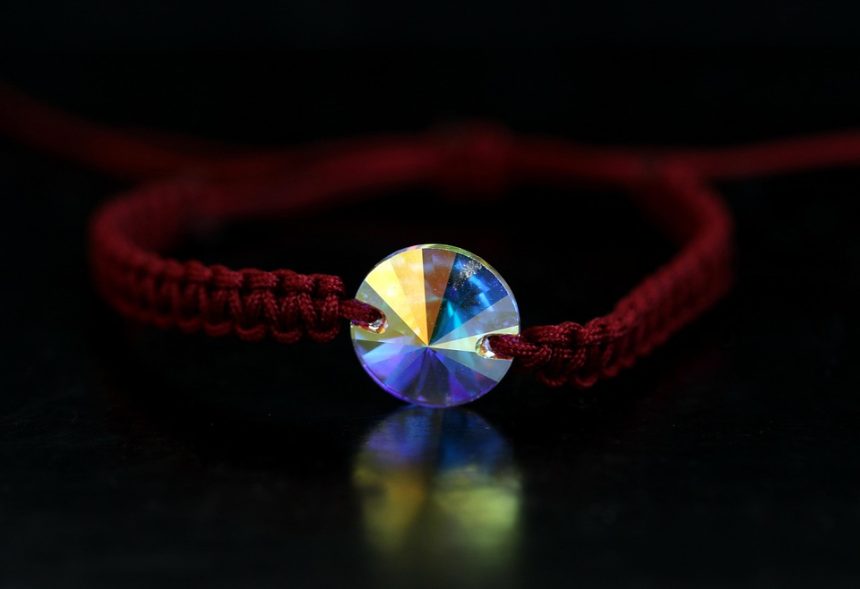From Thin to Thicker: The Evolution of Dainty Bracelet Styles
In the world of jewelry, bracelet styles have undergone a significant transformation over the years. From delicate, dainty chains to thicker, statement-making cuffs, the evolution of bracelet designs has been shaped by changing fashion trends, cultural influences, and technological advancements. In this article, we’ll explore the journey of bracelet styles from thin to thicker, highlighting the key milestones and current trends that are redefining the world of wrist adornments.
The Delicate Era: 1920s-1980s
In the early 20th century, dainty bracelets were all the rage. Thin, elegant chains made of gold, silver, or platinum were adorned with small charms, pearls, or gemstones. These delicate wristlets were often worn in multiples, layered to create a subtle, sophisticated look. The iconic Tiffany & Co. chain bracelet, introduced in the 1950s, epitomized the classic, understated style of this era. The popularity of dainty bracelets continued through the 1970s and 1980s, with the rise of minimalist designs and the influence of European fashion.
The Rise of Statement Jewelry: 1990s-2000s
The 1990s and 2000s saw a shift towards bolder, more statement-making jewelry. Thicker, chunkier bracelets made of leather, wood, or metal became increasingly popular, often featuring large, eye-catching charms or pendants. The bohemian and hip-hop styles of the time, characterized by oversized accessories, contributed to the growing trend of chunkier wristwear. Designers like Alexander McQueen and Vivienne Westwood pushed the boundaries of bracelet design, introducing avant-garde, architectural pieces that were both functional and fashionable.
The Cuff Revolution: 2010s
The 2010s marked a significant turning point in the evolution of bracelet styles. The rise of cuff-style bracelets, characterized by wide, flat bands that wrap around the wrist, revolutionized the way women and men wore jewelry. Cuffs made of metal, leather, or fabric became a staple in many fashion enthusiasts’ wardrobes, offering a versatile, easy-to-wear alternative to traditional chain bracelets. Designers like Tom Ford and Ralph Lauren popularized the cuff trend, incorporating luxurious materials and sleek designs into their collections.
Current Trends: 2020s
Today, bracelet styles continue to diversify and evolve. The resurgence of 1980s and 1990s fashion has led to a renewed interest in chunky, chain-link bracelets, often featuring bold, colorful charms. Sustainability and eco-consciousness have also become key drivers in the jewelry industry, with designers incorporating recycled materials, vegan-friendly alternatives, and reduced waste into their designs. The rise of social media has also democratized the jewelry market, allowing emerging designers and independent brands to showcase their unique, Thick-and-thin style bracelets that blend contrasting textures and widths.
Conclusion
From delicate, dainty chains to statement-making cuffs and chunky, chain-link bracelets, the evolution of bracelet styles has been shaped by changing fashion trends, cultural influences, and technological advancements. As we move forward, it’s exciting to see how designers will continue to push the boundaries of wrist adornment, incorporating innovative materials, sustainable practices, and bold, eclectic designs. Whether you’re a fan of classic elegance or modern statement-making style, there’s never been a better time to explore the diverse world of bracelets and find the perfect piece to complement your unique sense of style.


Leave a Reply